Pigeon Racing and Nutrition of the Muscle Part 4
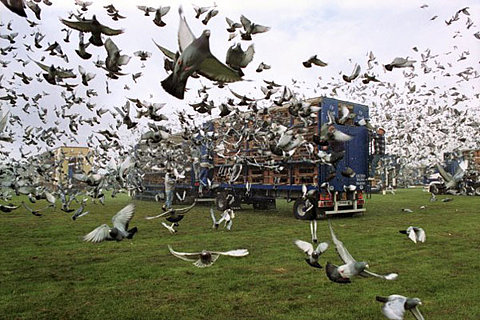 As a reserve fuel for flight, fat has definite advantages over carbohydrate and protein. For example, one unit of fat liberates as much energy as equal amounts of carbohydrate and protein put together. One gram ( about 1/30th of an ounce) provides about 9,300 calories of energy, whereas the same amount of carbohydrate yields only 4,200 calories of energy, and one gram of protein, only 4,100 calories of energy. Although carbohydrates are used by the bird to provide energy for certain functions of flight as discussed earlier, there is no real evidence that, under normal conditions, protein is utilized as a source of fuel for muscular work. Only under extreme conditions, such as the complete depletion of fat and carbohydrate reserves, would pigeons be expected to use protein as fuel. What other supportive evidence do we have to conclude that fat is THE major fuel for racing ? Experimental work on the muscles of racing pigeons has shown that after as little as 30 minutes of muscular activity, the amount of fat circulating in the bloodstream of birds during exercise increases by almost 18% compared with that of non-exercised birds. These experiments, also showed that the amount of fat in the major pectoral muscles of exercised birds increases by 25 to 40%, and in the liver by almost 30%. Clinching these observations was the finding that the amount of fat in body fat depots located under the skin, within the abdomen, ect., actually decreases by almost 25% during this time. Therefore, as fuel in the from of fat is required by working muscle, This fat is mobilized from these various body depots and is transported in the bloodstream to the liver and to working muscles. Thus, this mobilizing process decreases the supplies of fat in storage areas while increasing the fat in the bloodstream and then in the liver and in working muscle.
As a reserve fuel for flight, fat has definite advantages over carbohydrate and protein. For example, one unit of fat liberates as much energy as equal amounts of carbohydrate and protein put together. One gram ( about 1/30th of an ounce) provides about 9,300 calories of energy, whereas the same amount of carbohydrate yields only 4,200 calories of energy, and one gram of protein, only 4,100 calories of energy. Although carbohydrates are used by the bird to provide energy for certain functions of flight as discussed earlier, there is no real evidence that, under normal conditions, protein is utilized as a source of fuel for muscular work. Only under extreme conditions, such as the complete depletion of fat and carbohydrate reserves, would pigeons be expected to use protein as fuel. What other supportive evidence do we have to conclude that fat is THE major fuel for racing ? Experimental work on the muscles of racing pigeons has shown that after as little as 30 minutes of muscular activity, the amount of fat circulating in the bloodstream of birds during exercise increases by almost 18% compared with that of non-exercised birds. These experiments, also showed that the amount of fat in the major pectoral muscles of exercised birds increases by 25 to 40%, and in the liver by almost 30%. Clinching these observations was the finding that the amount of fat in body fat depots located under the skin, within the abdomen, ect., actually decreases by almost 25% during this time. Therefore, as fuel in the from of fat is required by working muscle, This fat is mobilized from these various body depots and is transported in the bloodstream to the liver and to working muscles. Thus, this mobilizing process decreases the supplies of fat in storage areas while increasing the fat in the bloodstream and then in the liver and in working muscle.
Within the red muscle fibers, the mobilized fat is transported to the area immediately next to the mitochondria where it is readily available to be metabolized ( or burned, in the biological sense) to supply the energy necessary for on-going flight. In the breast muscles, the presence of an extensive network of tiny blood vessels encircling each of the re fibers has some obvious purposes besides being an elaborate pipeline for replenishing supplies of fuel for these muscles, these vessels also bring an abundant supply of oxygen that is as necessary in the fat burning process (known as aerobic metabolism, that is, a process that requires oxygen) in muscle as it is in the burning of oil, wood or natural gas in a home furnace. As well, because of the increased production of heat by working muscle, this meshwork of vessels is able to remove and help disperse this heat by carrying it to the lungs, mouth etc., and to remove carbon dioxide and other waste products of the metabolic process. One of the beneficial by-products of the metabolism of is water. During metabolism, the burning of one unit of fat produces nine units of water that, obviously, is of tremendous benefit to the bird during a long flight.
In looking now at the white fibers, we see that, by contrast, they contain very few mitochondria and consequently, almost no fat. In the absence of fat as a reserve fuel, what fuel do the white fibers require? Close inspection shows that the major fuel for white fibers is glycogen, seen under the electron microscope as many dark granules distributed throughout these fibers. Remember that we said earlier that glycogen is comprised of many units of the sugar glucose linked together. Because white fibers are believed to be necessary for the execution of split-second movements they must have a readily-utilizable fuel to provide energy almost instantly, and glycogen is that fuel. Since the metabolism of glycogen to glucose by these fibers doesn’t require oxygen, it is therefore anaerobic metabolism ( without oxygen), and there is no need for a great network of blood vessels around each fiber to supply oxygen, nor is there a need for many mitochondria, since fat is not utilized.
All this is fine, you say, but how can we put this information together so that it translates into something more comprehensible and practical? Based on the foregoing information and some closely related investigations into the breast muscles of pigeons, we can indicate the likely sequence of events in these working muscles following liberation at a training or race point. In turn, these facts provide us with substantial practical clues in the formulation of rations for racing. Let’s look at these events as they might transpire from liberation at the race point, over the long miles of the race, say, a distance race.
As the birds await the time of release, we see that the white fibers are loaded with glycogen and that the red fibers are well fortified with both glycogen and abundant reserves of droplets of fat, their primary fuel. Storage depots of fat in various areas of the body have sufficient reserves for the long demanding hours of the race, but most of the birds are not overweight. There is a good balance between the amount of body fat and the physical condition of the birds. The liver also has adequate reserves of glycogen and fat that can be mobilized and transported in the blood to working muscles as they are needed. The birds have been well prepared for a distance event. Those that are slightly heavy may be at a disadvantage if it is a normal race, but if it is a tough one, their extra reserves of fat may save the day. All is ready.
Suddenly, all baskets are opened simultaneously, and in an explosion of sound reflecting a tremendous burst of muscular effort, the birds launch into the air at an attack angle of about 30 ( although they are capable of almost sheer vertical flight for a few seconds) and at a maximal climbing velocity of about 5 miles per hour, wings beating on the average of 9.4 times per second, the tips creating a figure 8 pattern in relation to the body as they sweep through an angle of 142 in one beat. To illustrate the tremendous power of the breast muscles, it is know for example, that one of the great pectoral muscles alone is capable of exerting a force about ten times the weight of the bird. It is also know that the downstroke occupies about one third of each beat, and the upstroke, about two thirds of the beat at this time. The explosive power needed to launch a bird into the air requires a massive effort which means that all of the force the pectoral muscles are capable of developing must be brought to bear at this time. The launch is a rapid, explosive action, and although we would expect the white fibers alone to operate here, it is important to recall that they constitute only 6% of the total fibers in the breast muscles, whereas the red fibers make up the vast majority or about 94% of the total number of fibers present. It does not seem logical then, that only 6% of the fibers could handle most of the tremendous amount of work involved in such a powerful action. Therefore, it seems very likely that all of the red and the white fibers working co-operatively together contract rapidly, propelling the birds upward, allowing them to gain height and to reach cruising speed.
- Pigeon Racing and Nutrition of the Muscle Part 1
- Pigeon Racing and Nutrition of the Muscle Part 2
- Pigeon Racing and Nutrition of the Muscle Part 3
- Pigeon Racing and Nutrition of the Muscle Part 4 <= you are here
- Pigeon Racing and Nutrition of the Muscle Part 5
- Pigeon Racing and Nutrition of the Muscle Part 6
Pigeon Racing and Nutrition of the Muscle Part 4 By: Gordon A. Chalmers DVM
The Leading Online Pigeon Racing and Racing Pigeons Magazine – The Pigeon Insider

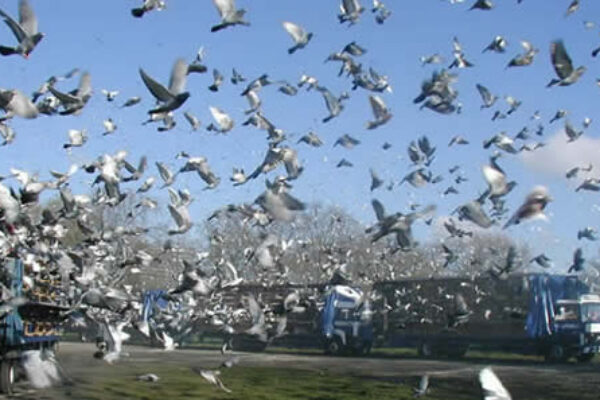
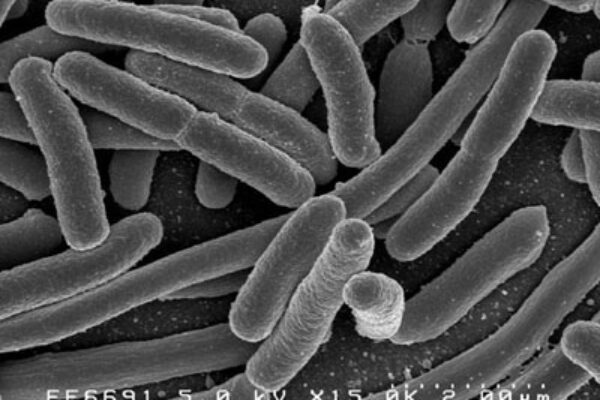
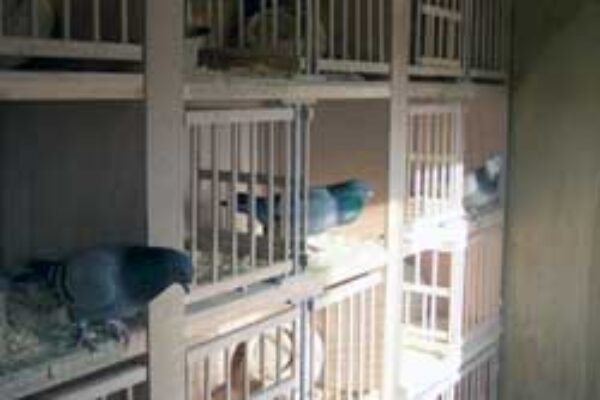
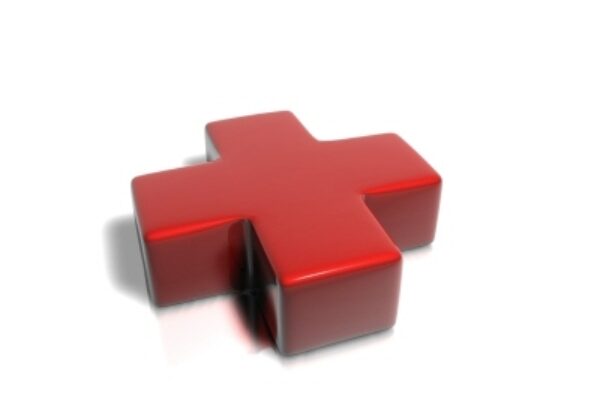

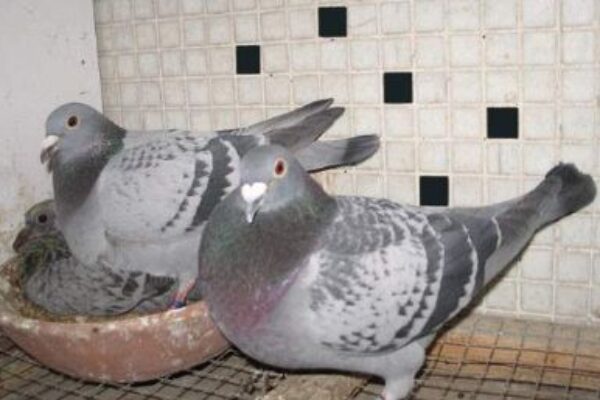


gosto destes temas de Pigeon Racing